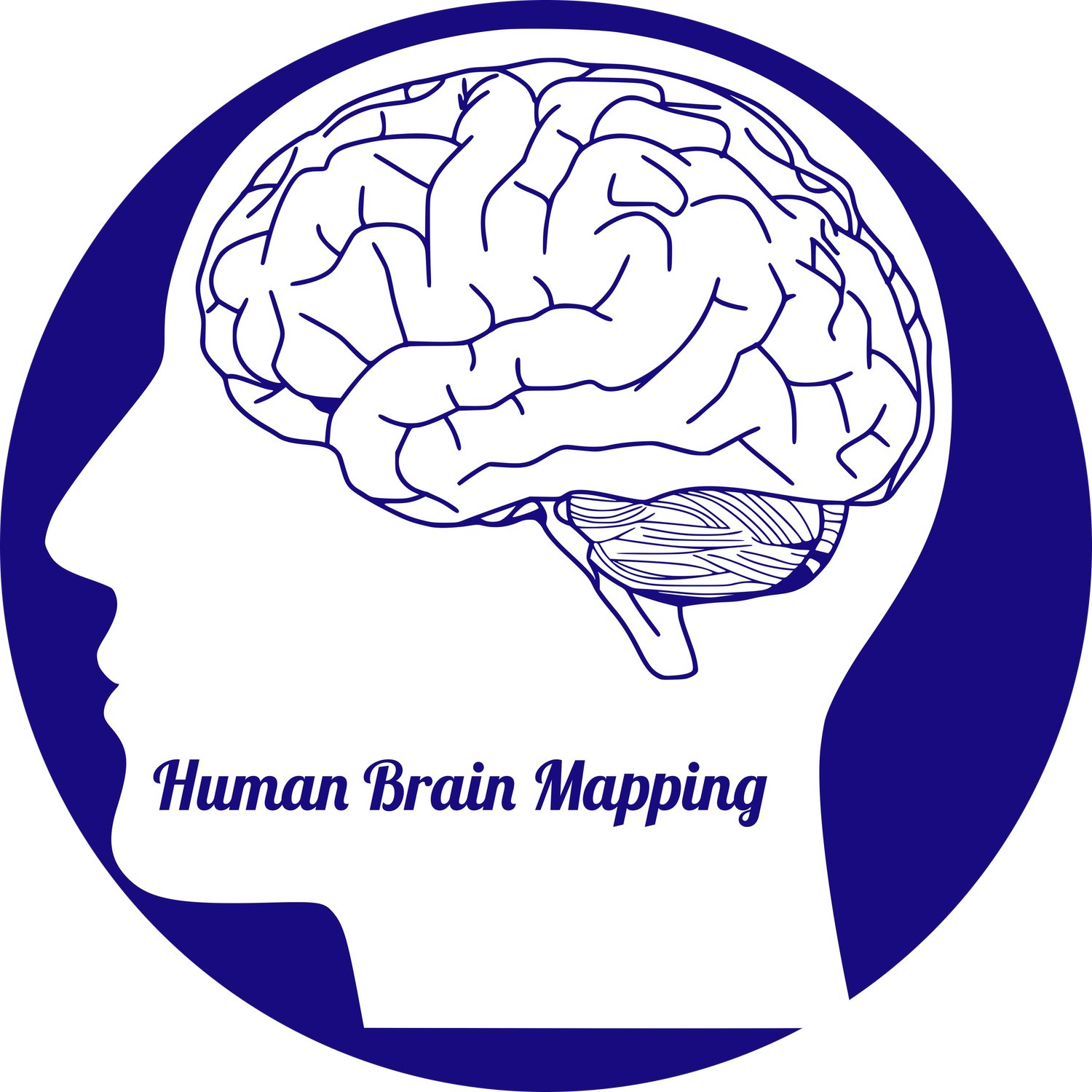Reply to: Association of Cortical Stimulation–Induced Seizure With Surgical Outcome in Patients With Focal Drug-Resistant Epilepsy
Dear Editor,
Cuello Oderiz and colleagues1 reported the association of cortical stimulation-induced seizures with surgical outcomes. Please note that non-habitual episodes and complex after-discharges can be seen frequently with 50 Hz stimulation in mesial-temporal and extra-mesial temporal sites based on a few available series2 and our collective experience. The authors’ choice to exclude non-habitual seizures from their retrospective analysis along with provoked auras inflated the correlations partially by excluding, as a priori, non-concordant findings despite a reported low incidence of non-habitual attacks in their retrospective analysis, partially due to the induction being performed while on anti-seizure medications. It may be viewed as a clinically-informed bias in design impacting the independent validation of the stimulation. To our knowledge, the clinical value of stimulation-induced atypical events and the correlation with seizure outcomes may yet be thoroughly and prospectively investigated. If validated by sham stimulation, habitual auras have been reliable in localizing critical contacts within the epileptogenic zone in our series3. While not unexpected given the design, the authors’ statement, however about the high correlation between the channels involved in the spontaneous and the cortical stimulation–informed seizure onsets remains ambiguous and makes it difficult to reconcile that quantitatively with the differences in the medians of the resected contacts and volumes in figure 2 and the numeric results in the accompanying paragraph.
Taken together and while we agree with the authors about the overall supplementing value of electrical stimulation-induced seizures and that single-pulse induced seizures are predictive yet not sensitive for induction of typical seizures and hence the localization of the epileptogenic zone3, we emphasize the careful interpretation of 50 Hz stimulation-induced seizures. Correlating those seizures with the habitual electroclinical syndrome is crucial4, especially when employing specific EEG techniques with limited spatial sampling. The differences in performance metrics between the stimulation techniques likely stem from the partially known complex mechanisms underlying 50 Hz modulation of the epileptic network compared to the direct voltage-based effects of a single pulse. The conclusions and the discussion in the manuscript could have benefited from more clarity about this immediate patient care matter.
Respectfully,
Rafeed Alkawadri1, Nicolas Gaspard2, Patrick Chauvel3, Jorge Gonzalez-Martinez3, Dennis D Spencer4
1. Section of Epilepsy, Department of Neurology, University of Pittsburgh Medical Center, Pittsburgh, Pennsylvania
2. Hôpital Erasme–ULB, Cliniques Universitaires de Bruxelles, Bruxelles, Belgium
3. Epilepsy Center, Cleveland Clinic, Cleveland, Ohio
4. Yale Comprehensive Epilepsy Center, New Haven, Connecticut
1. Cuello Oderiz C, von Ellenrieder N, Dubeau F, et al. Association of Cortical Stimulation-Induced Seizure With Surgical Outcome in Patients With Focal Drug-Resistant Epilepsy. JAMA Neurol. 2019.
2. Kovac S, Kahane P, Diehl B. Seizures induced by direct electrical cortical stimulation--Mechanisms and clinical considerations. Clin Neurophysiol. 2016;127(1):31-39.
3. Yan Q, Gaspard N, Zaveri H, et al. The Connectivity Index: An Effective Metric for Grading Epileptogenicity. Journal of Neurosurgery. 2019.
4. Trebuchon A, Chauvel P. Electrical Stimulation for Seizure Induction and Functional Mapping in Stereoelectroencephalography. J Clin Neurophysiol. 2016;33(6):511-521.
